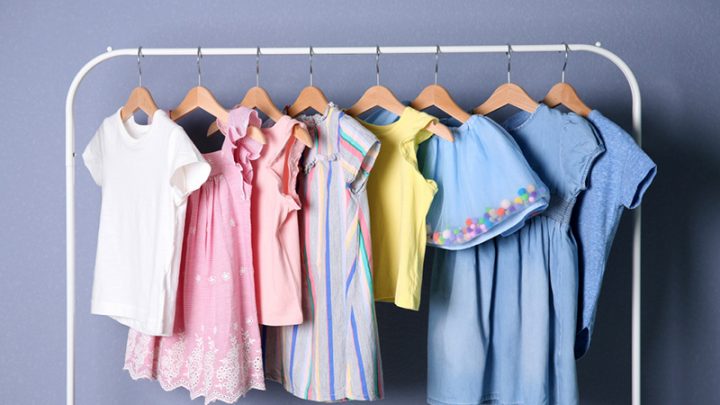Our little ones grow up so quickly, especially in the first few years, that sizing charts just can’t keep up! In fact, for many parents, when they hit the last marker for toddlers of 5T, they start to wonder what size comes next.
To answer the question of what size comes after 5T, you first have to understand what the sizing term means. The number stands for your kiddo’s age in years while the ‘T’ stands for toddler. This is the standard sizing chart adopted by all US retailers selling toddler clothes.
Luckily, this means that you probably have plenty of time (even though it won’t feel like it!) until your child works his way up the T size chart and ends up hitting size 5T, but when it does happen, you’ll need to figure out what’s next.
Once your little one has outgrown his 5T clothes, it starts becoming a bit harder to gauge your child’s clothing size. He’s a big kid now, so you’ll have to start measuring rather than relying on just going one number up!
Figuring it out might seem daunting but there are a few different ways of going about it and I’m here to help you prepare for this big step. Your child is moving from toddler sizes to more ‘mature’ ones.
What Exactly Is Size 5T?
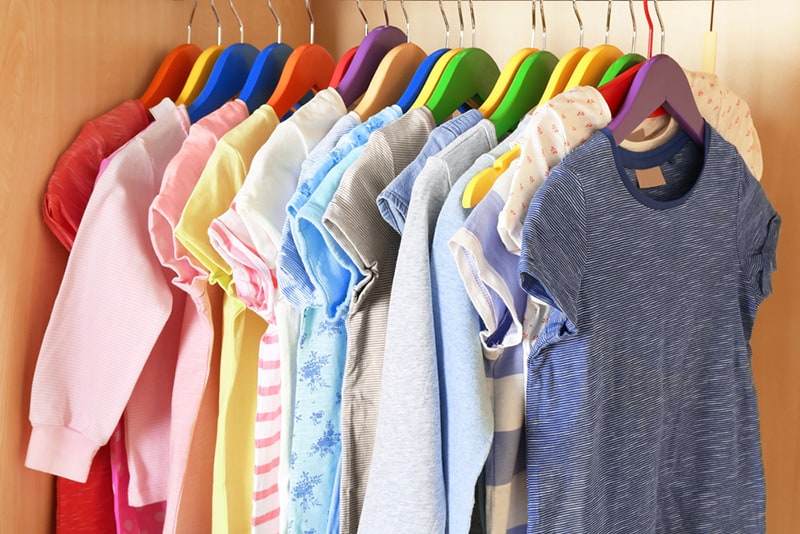
Of course, one should first get acquainted with how sizing works before going shopping for their baby boy or baby girl’s clothes or even asking what size comes after 5T or any other one for that matter.
Earlier I touched slightly on how US sizing standards work, but only for toddler sizes. Baby clothes and clothing for older kids work differently.
For babies, sizes are measured in months starting from newborn, then going to 6 months, 12 months, 18, 24, etc. until they reach toddler sizes.
Toddler sizes, as already mentioned, are marked by two things, the number representing the age of the toddler and the letter “T” marking the size as a toddler size.
There are 4 different sizing options for toddlers and they’re 2T, 3T, 4T, and 5T, after which your child will move on to regular sizing options.
The 24 month size for babies and the first toddler size, 2T, belong to children of the same age category, but they, much like sizes 5T and 5 are ever so slightly different in their proportions.
They’re mostly intended to be transition sizes that last a shorter amount of time than the others.
The ‘big kid’ sizes start at 5 and increase until the S, M, and L categories are reached, but there’s no point going into those as you still have some time until your little one reaches that stage.
As for 5T, it’s composed of a few different measurements. There may be slight differences amongst the various retailers, but they are so slight that most of it usually ends up being around the same size.
The most common proportions seem to be:
• Height: 41-44 inches/104-112 cm
• Weight: 39-45 lbs/18-20 kg
• Chest: 22-23 inches/56-58 cm
• Waist: 22-22.5 inches/56-57 cm
These measurements are obviously based on the average 5 year old because these proportions will vary from child to child depending on a number of variables such as genetics, lifestyle, and eating habits.
Then, What Size Comes After 5T?
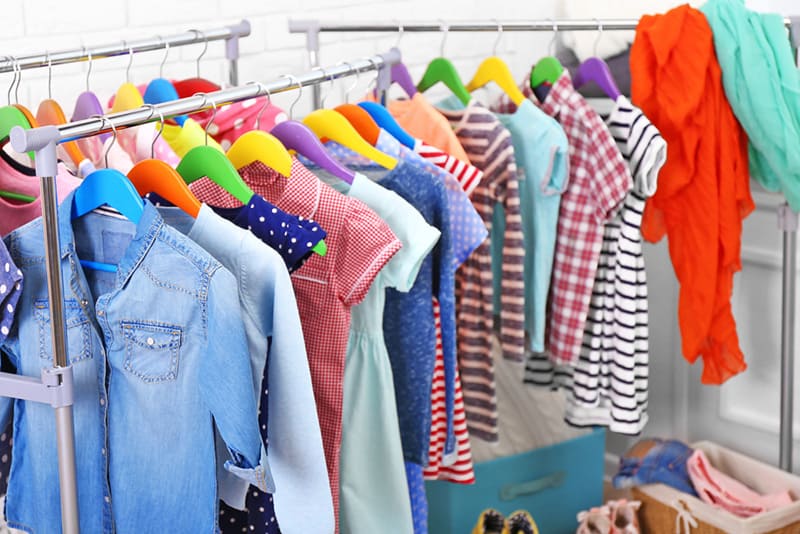
Generally, there are two options for parents when it comes to answering this dilemma and that’s either size 5 or size 6.
The difference between size 5T and size 5 is rather minuscule, but if your child is having problems with 5T already, then you might want to swap them over to it.
Alternatively, many parents simply decide to go for size 6 since 5 isn’t likely to last your little kids for very long anyway.
There’s also the other alternative of size 6X if your child is an early grower. This size sits between sizes 6 and 7 and is a bigger size than usual for the transition from size 5T.
It’s important to note that this is just a general idea because, in reality, every child is unique and different sizes fit kids differently. You’ll need to base your decision on his or her measurements, something that you’ll have to get used to taking if you want to spend less time trying to figure out what size your child is at present.
The fact is, you’ll want your little one dressed in clothing that fits them properly. Do be aware that different brands, the international ones, have different sizes for both boys and girls than the US standard ones.
The main culprit here tends to be European brands that have boys sizes and girls sizes specifically based on their height rather than their full measurements.
My honest suggestion would be to try to stick to US brands when shopping so you can avoid the headache.
That said, most popular international brands carry conversion charts on their products and in their stores to help make the process a lot easier.
Although, you do need to be prepared for a certain margin of error because there may be a slight difference in how the calculations are done. Regardless, relying on the conversion chart is still the best way to go.
We all know how much our kids loathe being forced to stand still and try on clothes for half an hour.
If we’re honest, we were all in our children’s place at some stage and would much rather have been outside playing with friends than seeing if a jacket’s sleeves were too small or if the whole thing wrapped around the waist properly or not.
And who cares if your little one is wearing some funny baby clothes anyway! Nobody’s going to judge a young child on his fashion sense or hurt a self-esteem that hasn’t even developed just yet.
What’s The Actual Difference Between Size 5T And Size 5?
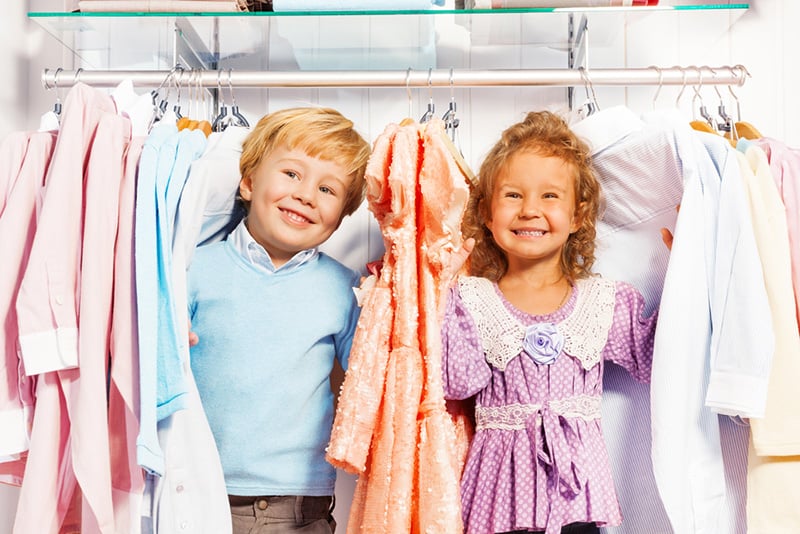
As mentioned earlier, these transition sizes tend to be quite similar, but they do have a few differences that might fit some babies better than others.
The slight differences might also be enough to prompt a parent who wants to pre-emptively prepare for the leap to the next tier of clothing sizes.
Among some parents, it’s a hotly debated topic, and for others, it doesn’t really matter as the two sizes are pretty much the same.
As mentioned earlier, there’s the added complication of sizing also varying from one retailer to the next, only adding to the confusion and actually making worrying about the two redundant.
There are, however, two noteworthy differences between 5 and 5T which might influence your decision about which size to choose.
The 5T size has more space around and below the child’s waist to make room for a diaper.
The second noteworthy difference is that size 5 clothes are often longer than 5T clothes to support the transition from clothing for toddlers to that of older children.
It is because of the similarities between the two sizes that there’s so much confusion about what size comes after 5T.
The two minor differences are not enough for them to be classified as two different sizes so 6 is often set as the next tier up while the 5 area is left to personal preference.
If your child still uses a diaper at age 5 then size 5T is probably your best bet since it’ll provide him with a more comfortable experience than a regular 5 would. Sure your little boy will still fit in them, but it might get a bit cramped with the added diaper.
On the other hand, if your child has gone through his night time potty-training then I’d suggest going for size 5 or skip ahead to size 6 immediately if your little one’s size allows for it.
It’s a surprisingly tough call for parents to make about something as simple as children’s clothing especially when they don’t know what size comes after a 5t. A decision that has been unnecessarily complicated by all the different brands.
So, while we wait in vain for all the clothing brands to come together and decide on one set of proportions, I suggest that instead of trusting the allegedly recommended size, you trust your gut and your measuring tape!
How To Properly Determine Your Child’s Measurements
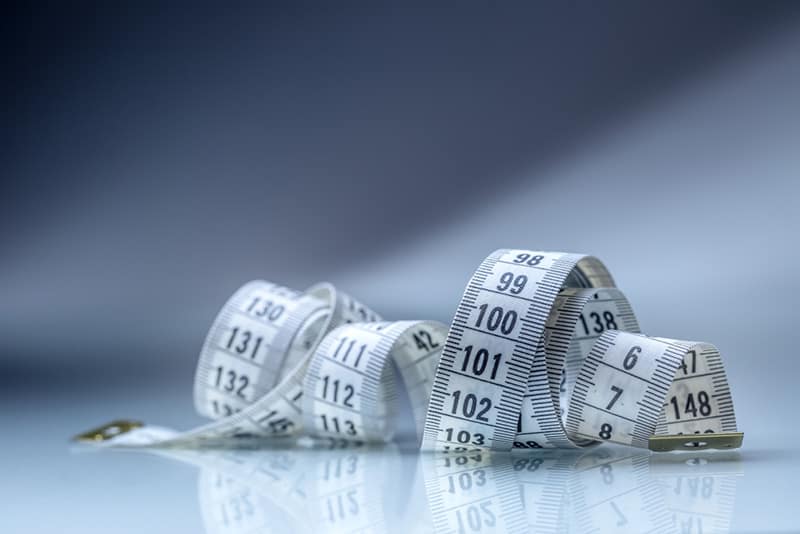
To know exactly what you’re working with, especially when determining what size is next after 5T, you need to know how to take a measurement properly.
This is rather simple really and all it takes is a few minutes of your time and a measuring tape.
A scale is optional, but unnecessary as weight plays a minimal role in the whole thing and its effects can be determined in the three main measurements.
These measurements are as follows: the child’s height, waist, and chest.
The child’s height
First start off with the simplest one, the height. Make sure your child takes off any slippers or shoes and stands against a flat surface, next to a wall is best and either barefoot or in thin socks.
Once that’s checked off, simply take the tape measure and measure from the soles of your child’s feet to the top of his scalp.
The child’s chest
Next, you want to measure the chest. For this, make sure your child stands still and relaxed with his arms at each side before you begin to measure.
Take the measuring tape and run it around the widest part of the chest to get an accurate measurement. Don’t forget to jot these numbers down so you have them handy when going clothes shopping later.
The child’s waist
The final measurement is the size of the child’s waist.
Once again, you want your child calm with his arms at his sides before you begin. Make sure that all articles of clothing are off or lowered for an unobstructed and precise measurement.
You should measure the widest area of his abdomen which is usually the line that matches your little one’s belly button.
And that’s all there is to it. Simple, easy and quick.
This way you won’t have to bother your little girl or boy when it’s time to go shopping for clothes again. Instead, you can leave them to play with their friends or do something else more entertaining while you do the hard work.
After all, at this age, it’s important that the clothes fit, not how expensive or stylish they are.
Though, nowadays, even you don’t have to venture far as most clothing brands have online shopping as an available option or are concentrated on Amazon for easier access to everything you need.
All it takes is a quick click on the girls or boys section of the clothing store page, find the desired articles of clothing, check if they have the available measurements, add to cart, purchase, and you’re set!
All shopping done in a matter of minutes thanks to the wonders of the internet and worrying about what size comes after 5T is no longer an actual problem.
Why Is Having The Right Clothing Size Important For Kids?
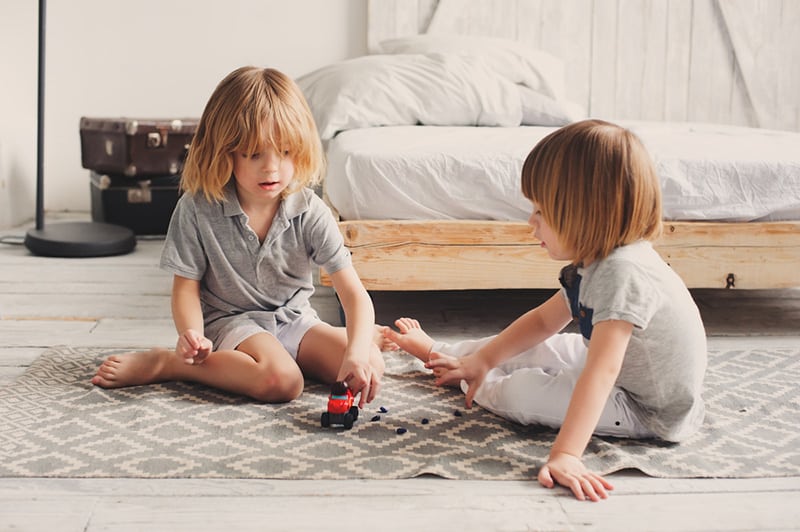
Kids, much like adults, enjoy comfort, and although, we might be able to stomach wearing something that’s half a size too small, kids can’t.
Remember, they’re likely to be a lot more active than we are, which means that comfort plays a primary role.
If their T-shirts and pants are too tight, they’ll struggle to move around and playtime won’t be pleasant for them. Their clothing might even be more prone to tearing as the seams will eventually weaken to accommodate for the movement.
This is why having the right size is important, it won’t hamper their fun and will leave them feeling free.
If you want to be safe, you can buy a bigger size that they’ll grow into. Using a belt for the pants if it’s too big around the waist is an easy enough solution, and you can just remove it once your little one grows into them.
In Conclusion
Clothing sizes truly are a mess and asking what size comes after 5T is the least of your worries when it comes to the complications related to them.
If you’d still like to know more, Carter’s has a nicely laid out conversion chart on their site.
It’s best to just skip all the trouble and simply make an effort to take your child’s measurements every few months or so when clothes start getting tight, especially after age 5.
It’ll save you all the trouble of trying to figure out what size will work best for your child. You’ll also be saved a ton of time because you won’t have to figure out the differences from one retailer to the next! You’ll only ever have to look at them when you’re checking your measurements against theirs.
Thankfully, the sizes before 5T are at least somewhat standardized and won’t cause you as much fuss. The ones after 5T will take a bit of getting used to, but once the measuring becomes the norm, you should be good to go. Happy shopping, mammas!
READ NEXT: 10 Best Organic Kids Clothes Brands For Your Little Ones
Like this post? Please share or pin it for later. You can also stay in the loop and follow us on Facebook, Instagram or Pinterest.

We love honesty! Find Your Mom Tribe is an Amazon Associate and we earn from qualifying purchases through affiliate links at no extra cost to you. Please see our full Amazon Affiliate disclosure for more information.

